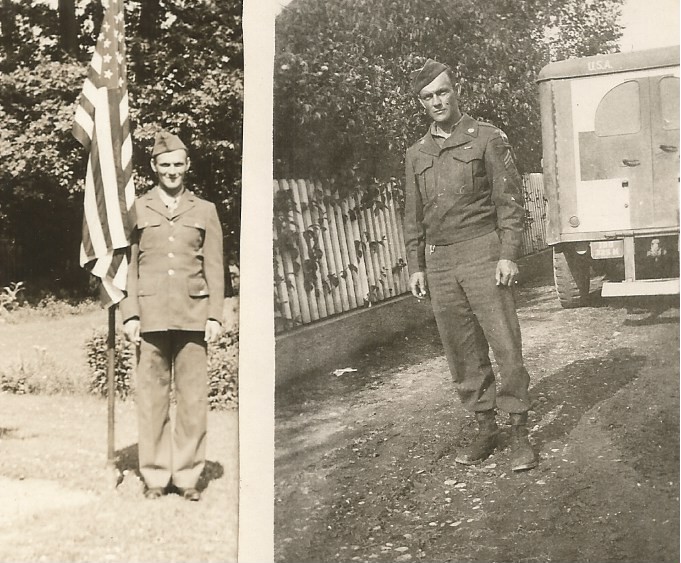 My ancestry is replete with American patriots, soldiers – veterans. From Anthony Morse Jr., a lieutenant in the militia at Newbury, Massachusetts, in the 1660s, to Samuel Morse, a soldier in the War of 1812; from Thomas Morse, a patriot in the American Revolution, to Colonius Morse, a private in the 19th Massachusetts Regiment during the Civil War,[1] I have ancestors who served in most major U.S. conflicts from the colonial period to the 1970s. I often wonder what life was like for my family in these times of turmoil. How did war affect the young men who served? How did it change them? Continue reading Transformations
My ancestry is replete with American patriots, soldiers – veterans. From Anthony Morse Jr., a lieutenant in the militia at Newbury, Massachusetts, in the 1660s, to Samuel Morse, a soldier in the War of 1812; from Thomas Morse, a patriot in the American Revolution, to Colonius Morse, a private in the 19th Massachusetts Regiment during the Civil War,[1] I have ancestors who served in most major U.S. conflicts from the colonial period to the 1970s. I often wonder what life was like for my family in these times of turmoil. How did war affect the young men who served? How did it change them? Continue reading Transformations
Piano lessons
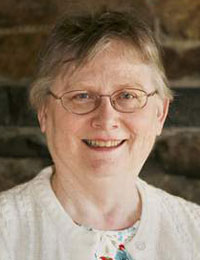 That pile of photocopied original documents you have sitting on your table looks especially mountainous when you start compiling genealogical text. How much of it needs to be included? How should it be presented? What is important and what is not?
That pile of photocopied original documents you have sitting on your table looks especially mountainous when you start compiling genealogical text. How much of it needs to be included? How should it be presented? What is important and what is not?
Before you can properly transcribe, abstract, or translate records, you need to know what they say. What are the parts of a deed, of a will, what is an “execution” from the court? These can all be topics for future Vita Brevis posts. In the meantime, look at examples of abstracts in the Early New England Families Study Project sketches for ideas. Continue reading Piano lessons
Preparing to digitize archival collections

This is part two of a series on digitizing our special collections. Click here to read the first post.
Before we send some of the items from our R. Stanton Avery Special Collections to third parties for scanning, there is work we must do to make this digitization possible. Sally Benny, Curator of Digital Collections, is in charge of organizing and preparing the collections before they are sent to the scanner. Continue reading Preparing to digitize archival collections
Torch-light processions
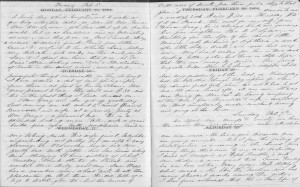
History is full of portentous moments – in retrospect. America, 1860: To us, today, it is axiomatic to say that, with the election of Abraham Lincoln, the nation teetered on the verge of civil war. Yet for one diarist, writing late in the year, the potential outcome of the presidential election was of very limited interest. Regina Shober Gray’s[1] near-daily diary entries take no notice of the rival candidates’ campaigns until early October. Her earliest mention is so vague that it would be easy to miss: Continue reading Torch-light processions
Checking family stories
 It’s funny how family stories take shape. The story of my great-great-grandfather’s business failure during the Crash of 1873, for instance: I had assumed (based on what information?) that the family at once retrenched, leaving their house on Fifth Avenue in a genteel retreat to my great-great-great-grandmother’s household around the corner, at 13 West Twenty-first Street, and that it was here my great-grandfather grew up. Yet a glance at my notes on the 1880 Census indicates that, on 2 June 1880, John Steward was the head of a large household at 152 Fifth Avenue which included his sons, mother- and sisters-in-law, son-in-law, grandchildren, and several servants.[1] Continue reading Checking family stories
It’s funny how family stories take shape. The story of my great-great-grandfather’s business failure during the Crash of 1873, for instance: I had assumed (based on what information?) that the family at once retrenched, leaving their house on Fifth Avenue in a genteel retreat to my great-great-great-grandmother’s household around the corner, at 13 West Twenty-first Street, and that it was here my great-grandfather grew up. Yet a glance at my notes on the 1880 Census indicates that, on 2 June 1880, John Steward was the head of a large household at 152 Fifth Avenue which included his sons, mother- and sisters-in-law, son-in-law, grandchildren, and several servants.[1] Continue reading Checking family stories
New England planters
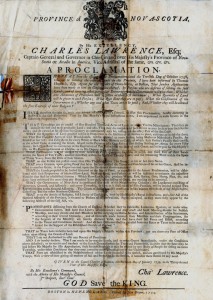
In my last Vita Brevis post, I wrote about some of the best sources to help identify your Loyalist ancestors. But before the Loyalists fled to Canada after the American Revolution, another important group settled Maritime Canada: the New England Planters. This often overlooked group of New Englanders (and others) left a cultural and political impact on Canadian history.
After the expulsion of the Acadians in 1750s, the British government was eager to resettle the area. In the fall of 1758, the Governor of Nova Scotia, Charles Lawrence, published a proclamation in the Boston Gazette welcoming proposals for the settlement of the now vacant lands. Just a few months later, in January of 1759, Lawrence published another proclamation, detailing the terms of settlement. Continue reading New England planters
Border crossings
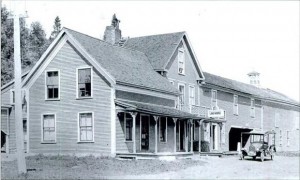
As many genealogical researchers know, it is hardly unusual to have a person listed as born in one state on a census record, then ten years later, listed as having been born somewhere else. For instance, it is not unheard of to see a person listed as born in Virginia in 1910, West Virginia in 1920, and Kentucky in 1940. This is due largely to the fluid nature of state borders until relatively recently. Continue reading Border crossings
Two new digitizing projects

This is part one of a series on digitizing our special collections.
At NEHGS, the R. Stanton Avery Special Collections are a unique and treasured resource. Since 1845, we have provided access to our collections of manuscripts, typescripts, and photographs, including family histories, vital records, and original primary source documents. The items NEHGS has collected have immense value to researchers – not only for genealogists and family historians, but for students, scholars, and anyone looking for a window into the past. Continue reading Two new digitizing projects
Ancestral saints and martyrs
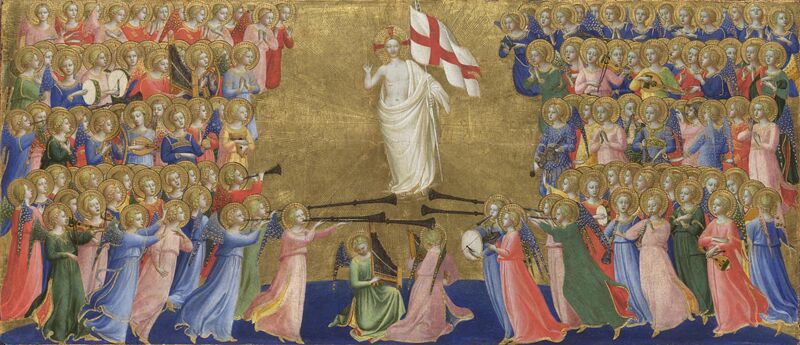
On All Saints’ Day, Christians honor all saints, both known – many of them commemorated throughout the liturgical year – and unknown. The date has been fixed on the first of November in the Catholic Church, often transferred to the first Sunday of the month by churches within the Anglican tradition and in other mainline Protestant churches. Continue reading Ancestral saints and martyrs
Citing internet sources
 Readers have asked how to cite Internet sources. Confession, I don’t really know the answer – and I don’t think many others do, either. It is a new, still-evolving discipline complicated by the transitory nature of the beast, where links to pages get changed and/or vanish into cyberspace. Often I cannot even find my own way back to something I ran across while researching. Continue reading Citing internet sources
Readers have asked how to cite Internet sources. Confession, I don’t really know the answer – and I don’t think many others do, either. It is a new, still-evolving discipline complicated by the transitory nature of the beast, where links to pages get changed and/or vanish into cyberspace. Often I cannot even find my own way back to something I ran across while researching. Continue reading Citing internet sources